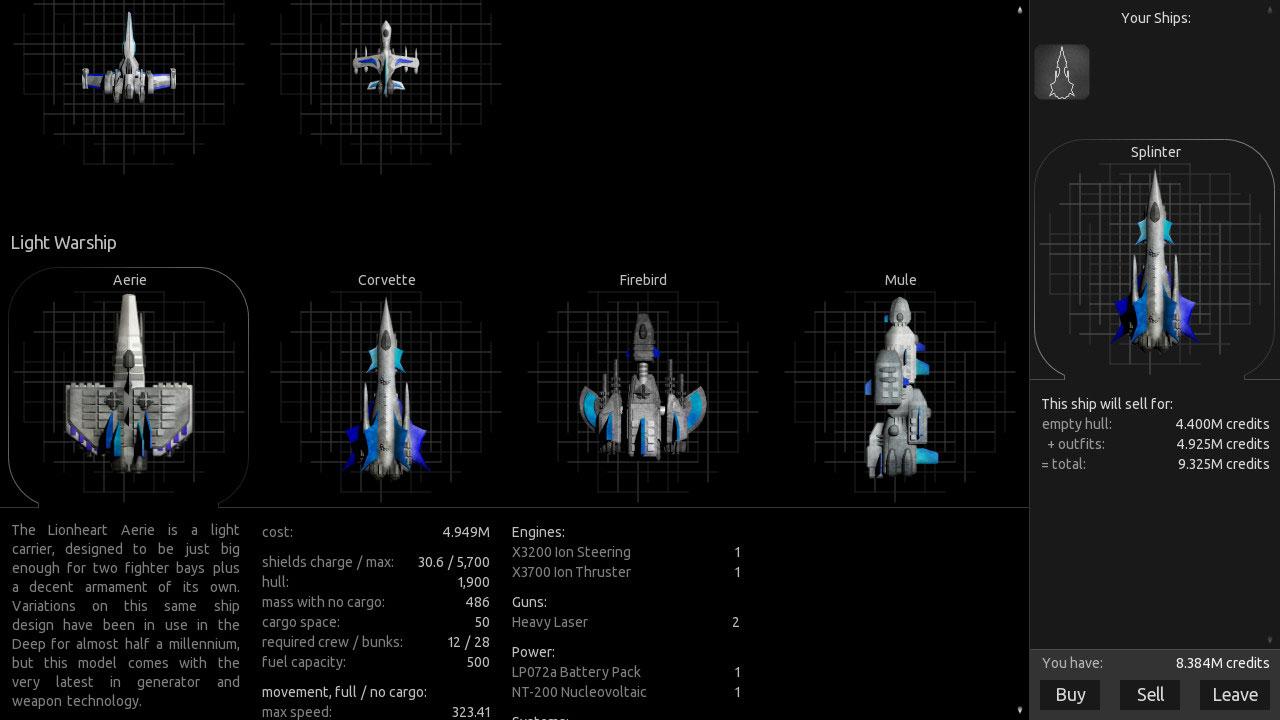
That is why Space traffic management is a critical area for governments. In addition, the financial consequences could be monumental.ĪLSO READ: Report reaffirms Commerce Dept as lead agency for space traffic management The risk of collisions between objects in Space is very real, and major collisions have already occurred,” wrote Michael Dominguez, former senior Defense Department official who served as Acting Secretary of the Air Force and DOD Executive Agent for Space. Even one collision can produce a dangerous debris field that can cripple a range of critical capabilities upon which we depend, such as global communications and navigation, and endanger the astronauts stationed in the International Space Station. “Space may appear endless, but opportunities to safely place and maintain an object in Earth’s orbit are not. All this may sound music to some ears, but for a section of experts, this is worrisome. To put this in perspective, a total of 385 smallsats were launched in 2019.Īs satellites get smaller, they are getting easier to build and launch. Research firm Euroconsult predicts 2020s to be the decade of small satellites, with an average of 1,000 smallsat launches per year. Amazon recently announced its plans to launch a mega constellation of 3,000+ satellites to provide Internet connection to under-connected parts of the world. So far, it has launched more than 600 into orbit and has plans of tens of thousands more. The busiest among the lot being SpaceX, which has been launching satellites at an average pace of one mission per month this year for its Internet project Starlink.


Since then we have had many more launches.


Have you ever wondered how many satellites orbit the Earth? According to the Union of Concerned Scientists (UCS), which maintains a database of active satellites in orbit, as of April 1, 2020, there were a total of 2,666 satellites in Space, of which 1,918 were in low Earth orbit (LEO).Īnd this is only till April.


 0 kommentar(er)
0 kommentar(er)
